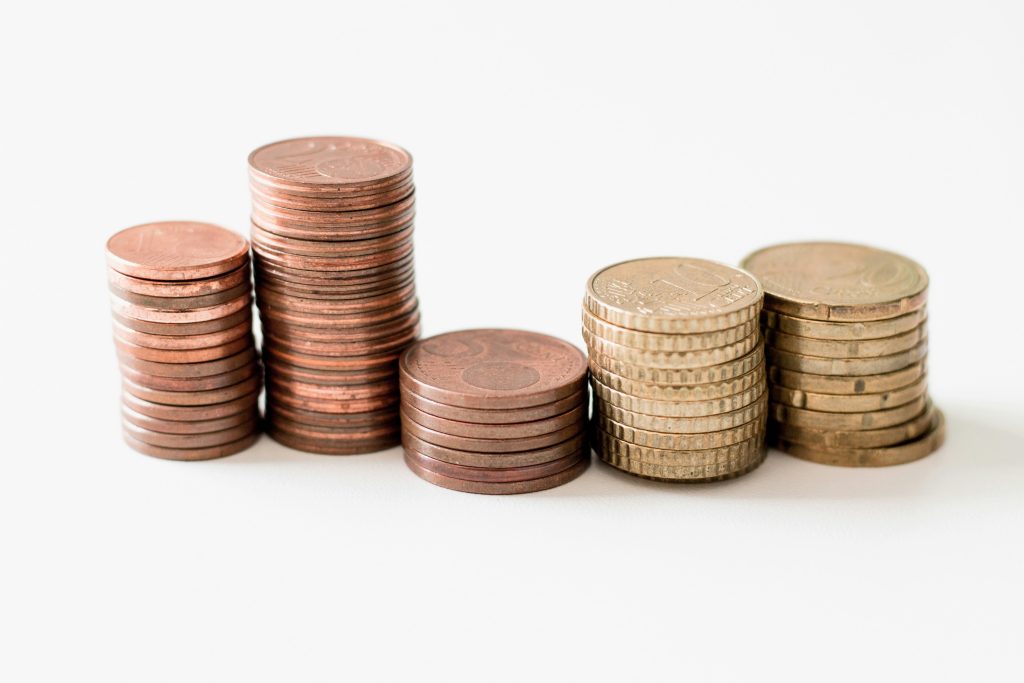[EN] L’avenir du pacte de stabilité et de croissance comme outil de coordination des politiques économiques

Le pacte de stabilité et de croissance, conclu lors du sommet d’Amsterdam en 1997, avait pour objectif principal d’assurer la stabilité de la zone euro aux États membres dotés d’une monnaie forte, malgré le fait qu’il inclue les pays méditerranéens. Il est donc apparu comme un mécanisme visant à surmonter le sentiment de méfiance qui existait à l’époque. En outre, il visait à prévenir les comportements de parasitisme au sein de l’union monétaire.
Cependant, il ne faisait que contraindre les pays à respecter un certain niveau de déficit sans garantir la coordination des politiques économiques, les pays ne pouvant dépasser le seuil de 3 %, l’objectif à moyen terme étant l’équilibre budgétaire, mais il laissait aux États membres le soin de décider de la meilleure façon d’atteindre cet objectif. Toutefois, en l’absence d’éléments pertinents de coordination des politiques économiques, le pacte de stabilité et de croissance a également commencé à assumer ce rôle, ce qui a finalement conduit à son échec, car il n’était pas conçu pour remplir cette fonction. Néanmoins, le pacte de stabilité est important et devrait continuer à jouer son rôle de garant de la discipline budgétaire, en particulier dans le contexte de la crise démographique. Il devrait toutefois jouer un rôle plus important en matière de coordination des politiques économiques. Il devrait donc être assorti d’une règle inspirée de la règle d’or des finances publiques, qui permettrait aux États membres d’investir dans des domaines relevant de la compétence communautaire, tels que ceux convenus à Lisbonne. L’objectif principal d’une telle mesure est de rendre les investissements publics compatibles avec la discipline budgétaire. En effet, la discipline budgétaire et les investissements publics ne doivent pas nécessairement aller dans des directions opposées, d’autant plus que la croissance économique et le plein emploi sont des objectifs que l’UE s’efforce d’atteindre.
Le manque de démocratie du pacte de stabilité et de croissance ne devrait pas être utilisé comme une raison pour ne pas respecter ses règles. En effet, le pacte a été approuvé par tous les États membres. Il devrait néanmoins être plus transparent et démocratique afin de gagner en crédibilité aux yeux de l’opinion publique. Il est donc suggéré que les programmes nationaux de stabilité et de convergence soient votés par les parlements nationaux avant d’être soumis à la Commission et que le Parlement européen joue un rôle plus actif dans leur discussion, leur approbation et leur suivi. Le Parlement européen évaluerait les programmes nationaux de stabilité et de convergence et émettrait un avis sur chacun d’entre eux. Cela permettrait à la seule instance élue de l’UE d’avoir une vision claire de la compatibilité de chaque programme national et de sa pertinence pour la réalisation des objectifs de l’UE.




